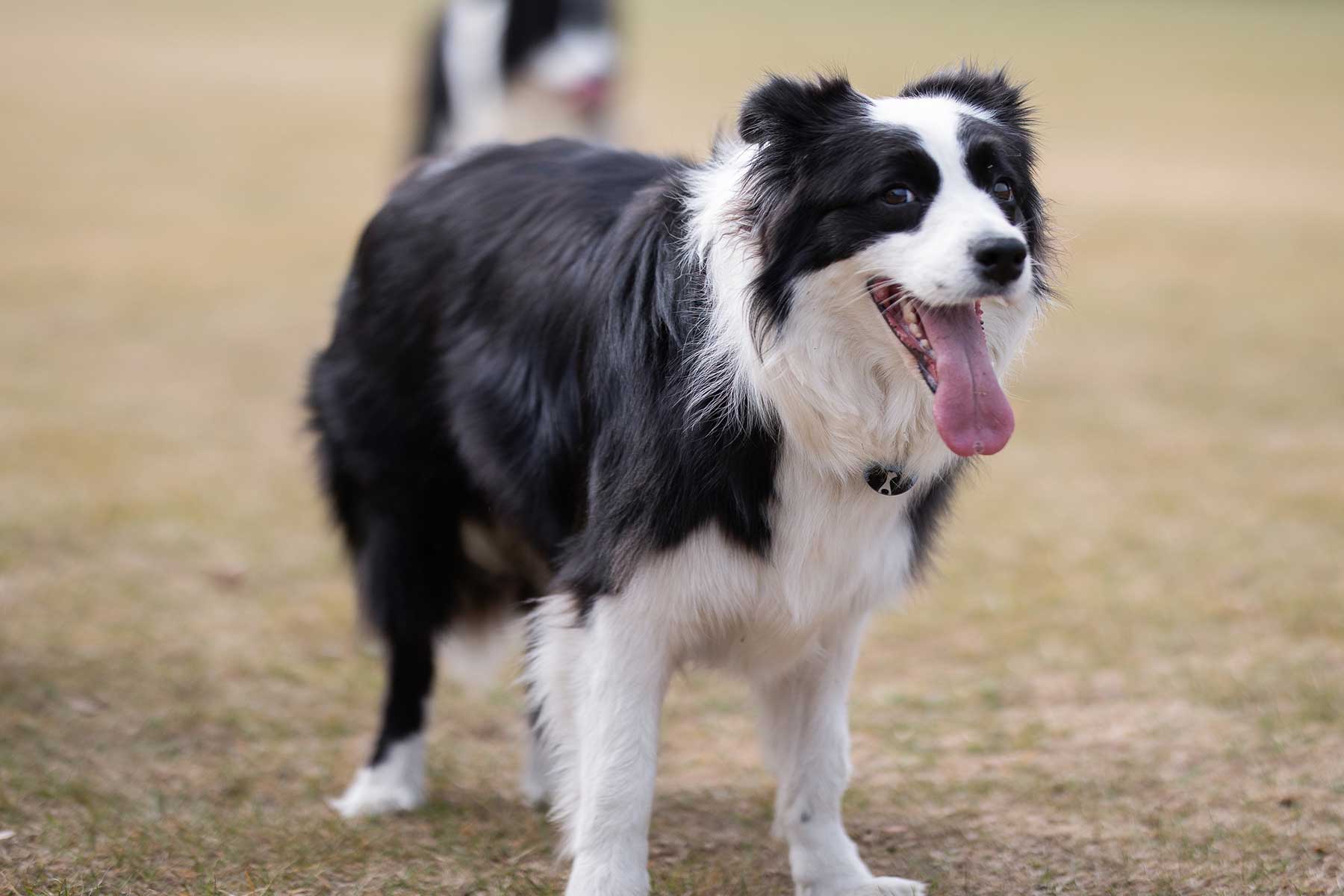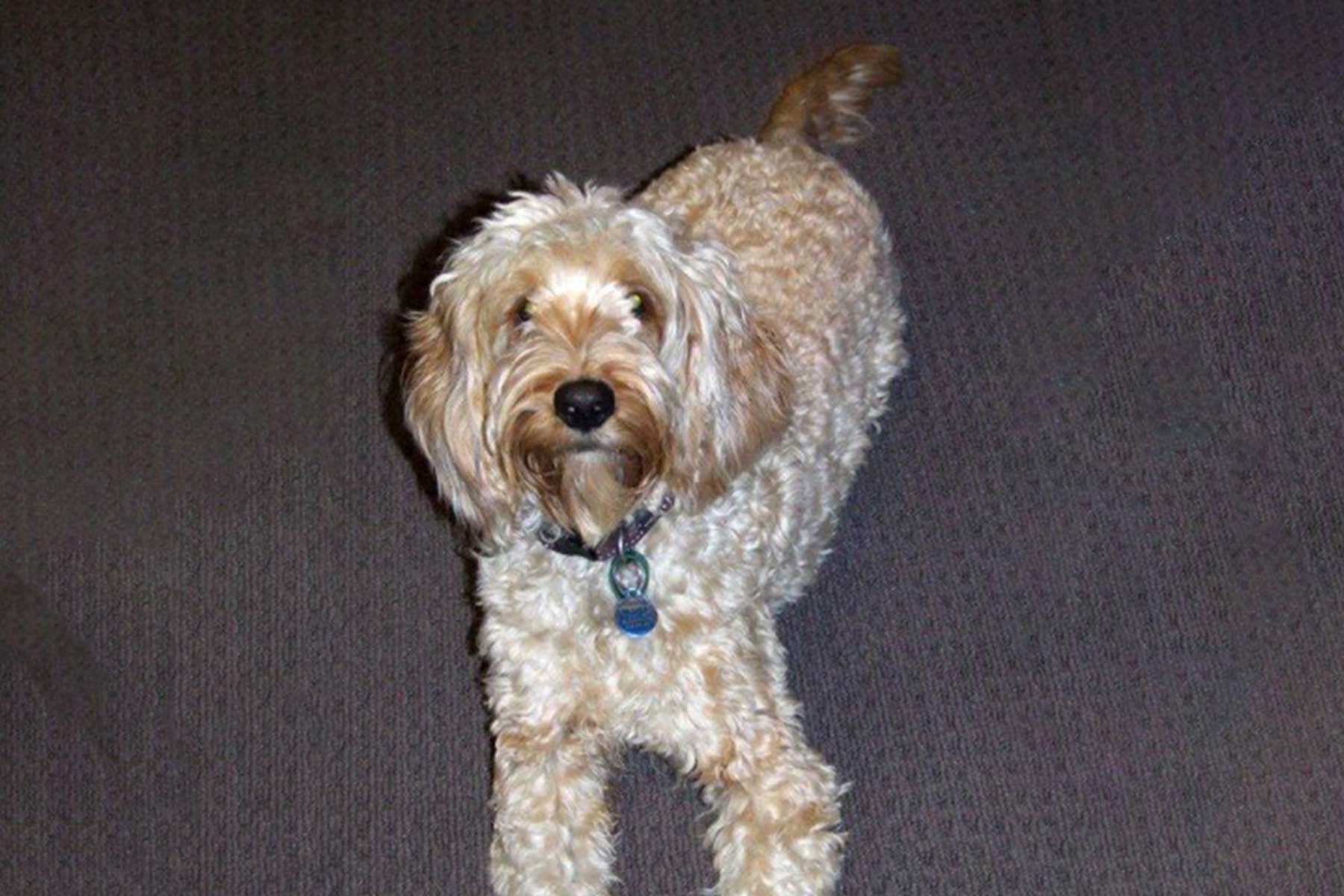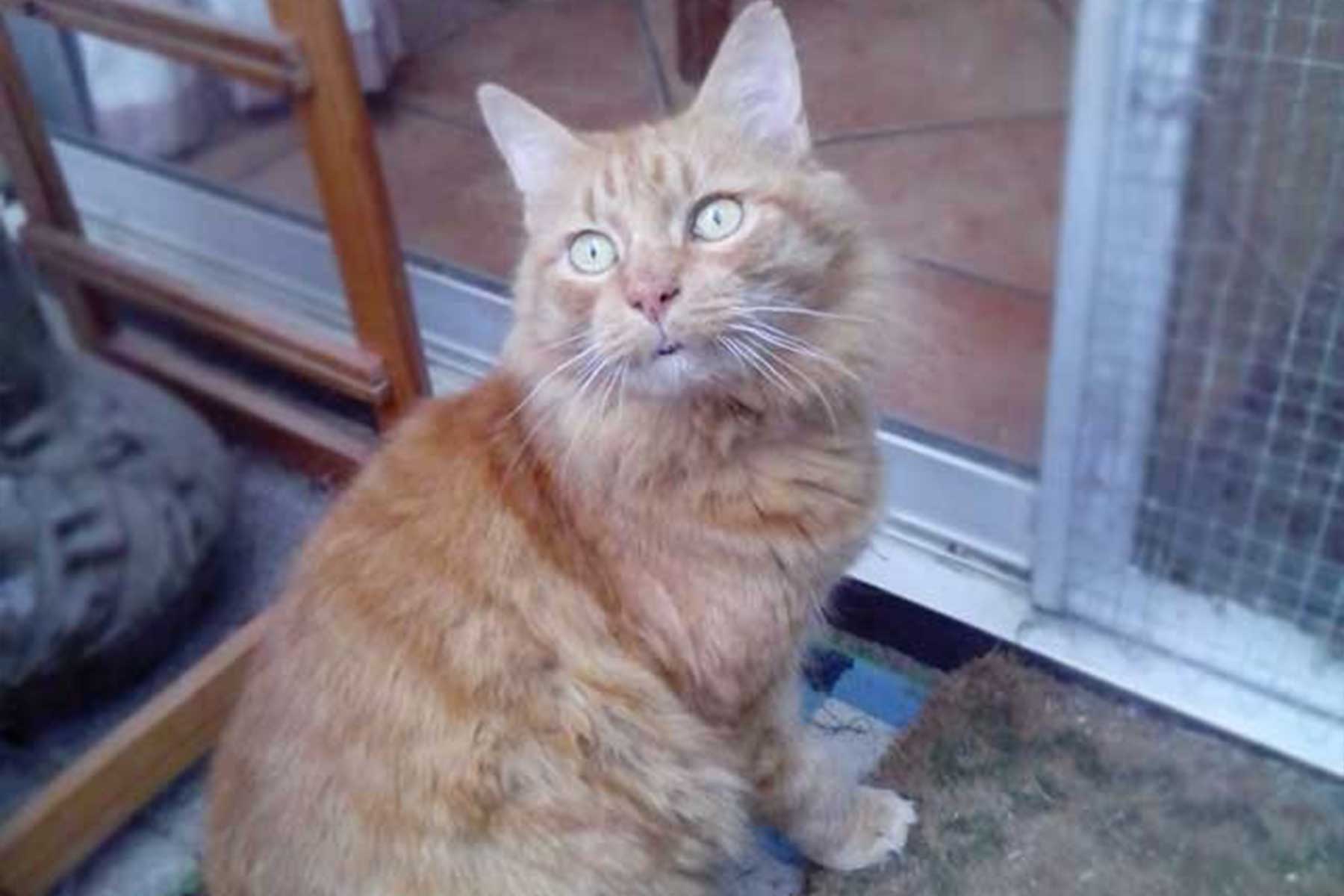Mia, a 4 month old Springer Spaniel, was presented to Vetwest Carine limping on her right forelimb after playing in the backyard. Dr Greg Carson, our wonderful veternarian examined her and found her to be painful in the elbow region. He sedated her immediately and took some radiographs.
After a phone call, Mia was referred internally to Vetwest Whitfords where Dr Tim Pearson diagnosed Mia with Incomplete Ossification of the Humeral Condyle (IOHC). This is a rare disease and a type of elbow dysplasia found mainly in Spaniels, very commonly reported in the UK where these breeds are used for hunting.
Because Mia’s elbow had not fused (ossified) properly she was prone to fracture of the lateral (outside) aspect of the humeral condyle if she did anything that involved a sudden jolt through her arm (eg. when landing from jumping off stairs or over a fence). She had not broken her arm at this stage but the recent activity had probably given her a jolt through an unstable joint.
After much discussion, a decision was made at the time to rest Mia and recheck her in a month to see if the bone had properly fused as Mia’s owner did not want to subject her to preventative surgery. About half of these dogs will fracture and half will be OK so we crossed our fingers that Mia would be in the good half.
Unfortunately, a few weeks later, despite our best attempt to rest her, Mia was presented back to Vetwest Whitfords where Tim diagnosed a lateral humeral condylar fracture. These are very unstable fractures which occur quite commonly in puppies aged 3 – 6 months when they jump down from high surfaces and force the lateral aspect of their elbow joint to take all the weight of their body when they land. Most puppies do not have IOHC like Mia so she only required a small amount of force to break her bone. As an unstable fracture which involves the joint surface of the elbow they must be surgically reduced to their original position and stabilised using a lag screw and pin or K wire in order to regain full function and prevent debilitating osteoarthritis. This fracture also occurs through the growth plate so inappropriate treatment may lead to inhibition of normal bone growth and consequently a shorter leg on that side.
Mia’s surgery went well and she recovered uneventfully and was back using her leg again two days after surgery. She was well confined for a month and healed without any dramas. Mia is now happily running around like a normal puppy.
Fractures in puppies are common, and often require surgery to stabilise them and provide fast and effective return to full function. In Mia’s case she is very happy she had surgery.
Related links











